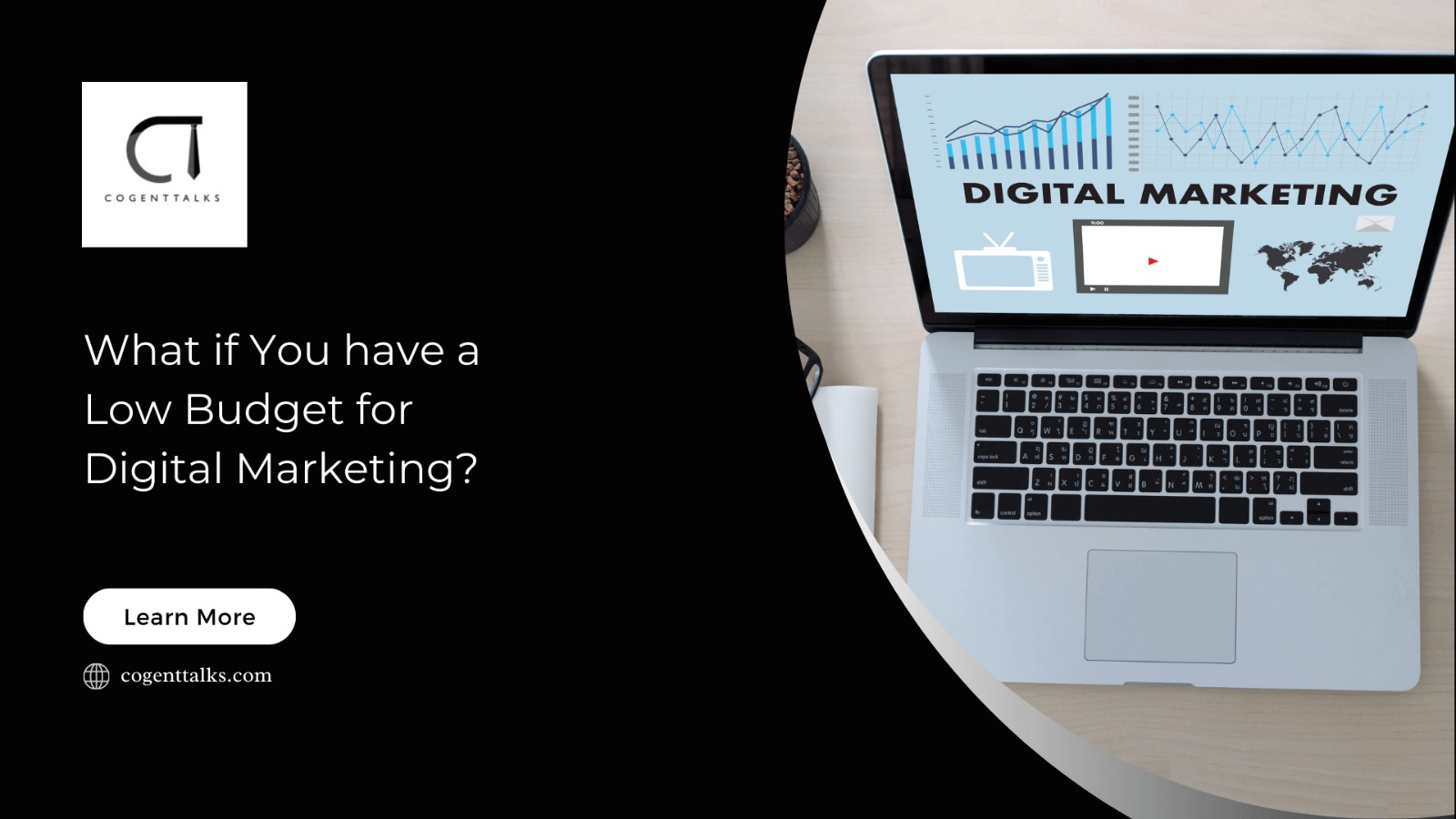The internet wouldn’t exist without Internal Linking, Agree?
Well, it’s because they serve as the access points to all the familiar and beloved information. But before using links, you need to be sure you understand internal, external, and backlinks.
In an SEO strategy, it’s usual to ignore the benefits of internal linking. Everyone in the industry knows the value of external linking as it assures at least a minimum level of visibility. Yet, the majority of site publishers ignore internal linking. But on the other hand, eCommerce sites know how internal linking can considerably influence.
So, you must also understand that the same as external links, internal links are just as important for your visibility after your site is content-driven.
Internal links, if used effectively, provide a web of connections between information on a particular subject and assist your audience in finding what they need. Using the appropriate method, you can eliminate broken links and redirect loops while boosting site authority.
If you need to learn how to build internal linking, then a Digital marketing agency is a relief to you as they offer professional SEO services. They’re well-versed in effectively planning and implementing internal linking, as they know how it can impact your SEO strategy.
Now, let’s understand internal linking in detail:
What is Internal Linking?
The act of hyperlinking to other pages on your website is known as Internal Linking. Internal links are clickable text or images that go to content on the same website or domain. These links make it easier for people to move throughout the website. Contract to external links; internal links keep visitors on your website.
Using internal links, you must not get confused with “links,” often known as backlinks.
Difference between Internal links, external links, and backlinks
For better usage of internal linking, you must understand the clear distinction between internal, external, and backlinks.
- Internal Links:
Internal links are the best option to link up all the web pages and establish a well-organized site structure. It gives you access to various forms like graphics, videos, text, and other web components.
- External Links:
If you’re confused about how to use external links, let me tell you that there are various ways in which you can utilize external links. But among them one of them is to quote content or resources from other websites. When writing blogs and including factual content, it would be a good idea to back up your assertions with citations to reliable sources.
- Backlinks:
One of the cornerstones of search engine optimization is backlinks. Though your website needs internal and external links, backlinks are more important. Backlinks resemble the citations used in research papers. When a website gets linked to one of your web pages, it counts as a recommendation, indicating that they value and believe in the information you offer.
Why is Internal Linking important for SEO?
Now, let’s look at how internal linking can be beneficial for SEO:
1. Enhances engagement metrics:
With internal linking, you encourage visitors to explore and read more messages on your website by clearly outlining the path they should take. This attempts to enhance time on the page and decrease the bounce rate, which are crucial user experiences to monitor.
2. Help spread link juice:
Internal linking helps distribute link juice to other blog posts or pages of a website, even though external linking and getting do-follow backlinks are essential to developing domain authority. The link equity on your site is spread out when you connect to internal sites.
At last, you must have a solid understanding of how link juice propagates to your most crucial landing pages through internal linking if you want to make the best use of it.
3. Improves user experience:
When it comes to ranking variables, SEO does not follow a rigid formula. But here, the user experience has become the primary concern. It allows your audience to learn and educate themselves on a particular area of interest. So, if you want to create the best user experience, then internal links are here for you.
4. Access to alter your mind and modify your internal links:
If you don’t have a lot of stiffness, your website will constantly add new product pages and articles. In such circumstances, changing your old backlinks can be challenging, so you can optimize your internal linking and make it dynamic. And it might make you want to eliminate the old categories and add new ones.
5. Improves website ranking in SERPs:
If your essential web pages are linked to other pages on your website, Google is expected to rank them higher on SERPs. Therefore, if you’re willing to improve your SEO, give those landing pages a prominent place in your interlinking plan if they have a history of having a high conversion rate.
6. Specify the keyword you want to rank for in Google:
All internal links contain anchor text to give users and search engines context. Because you have complete flexibility over establishing internal links, you can communicate to Google the relationship between a term and a page using anchor text. It gives you access to understand how your page should rank for that particular keyword.
7. There’sThere’s no need to wait:
If you think about internal linking, you don’t immediately start. Unlike external links, which rely on the third party’s consent, when you want to implement a whole internal linking strategy or add a new link, you may do so right away.
8. Aids indexing and crawling:
Google’sGoogle’s bots will likely go to your website and crawl through all internet connections and pages for indexing because they are always looking for relevant material to show users. So, with a robust internal linking architecture, these bots can locate pages buried deeper and receive less traffic.
Best practices for internal linking
Moving further now is the time to look at and implement the best practices for internal linking:
1. Link new with high authority pages:
The authority transfer method is crucial and valuable to transmit link authority to a website’s most significant SEO-driven pages. Such pages can be located and given internal links using powerful tools.
2. Make sure that links have context:
Better user experience is the primary goal of the internal linking strategy. Apart from that, all other benefits are secondary. Moreover, Google also supports websites that offer a positive customer experience. So, by including internal links within a piece of content, you are informing the user that the connected websites will be relevant to the content’s context.
3. Make use of canonical URLs:
Here, prevent redirects or short URLs. The content’s SEO suffers when users access the same material over different URLs. It would help if you used a canonical URL whenever you connected to another page. However, you can utilize a 301 redirect to move traffic from unfavorable URLs to the dominating ones.
4. Use a reasonable amount of internal links:
There is no need for excessive internal linking on your website. There is no established cap on how many internal links you can add to your website. You can induce 2-5 links for each post depending on the length. Five internal links are adequate for a 1500 words article.
5. Avoid utilizing the same:
Using the exact anchor text on two websites confuses Google and could lead it to believe that they both contain content on the same subject. So, to prevent confusion, utilize detailed anchor texts on web pages.
6. Cornerstone content:
The most crucial information on your website is the cornerstone content. It would help to internalize links to your cornerstone content from as many postings as possible. The more internal links there are to cornerstone contents, the greater the links gain value.
It should be linked to your website’s navigation. Moreover, it would help if you remembered that your cornerstone content needs to be comprehensive and cover every facet of the subject you are writing about.
7. Index:
In addition to connecting posts on the same site internally, you should give your visitors a table of contents within your posts. The Index on your website will make it easier for users and search engines to comprehend the hierarchy of your page.
8. Use relevant links:
Internal linking helps create a positive user experience and improve your website’s ranking. When constructing an internal link, be careful to verify that the page you are linking from has relevant material to the website you are linking to.
9. SEO internal links to the homepage:
The ideal site is built like a pyramid. Your website’s homepage is at the top, followed by the categories, subcategories, and tags. Internal links to the homepage of your website should be avoided. Only include links to pages already included in the main navigation menu.
10. Stay away from creating site-wide footer links:
This was a standard procedure in the past decade, but it is no longer applicable. Internal links with keyword-rich content used to be added to the bottom of websites in the tourism and real estate industries.
Previously, the count would exceed 50, and due to that, footer links in SEO suffered. So now, adding more footer links are avoided because Google may consider it spam.
11. Put breadcrumbs:
A breadcrumb is a line of internal links that enables real-time website visitors to return to the root page or the last part swiftly. Breadcrumbs can be displayed at the top or bottom of the content. Taxonomies such as categories and tags are included in breadcrumbs.
Also Read this: Proven ways to bring traffic to your wbeiste?
Some fantastic facts about Link building in your SEO strategy
Here, we’ll discuss some of the eye-catching points that give you a clear understanding of link building:
- According to 69% of marketers, purchasing links helps one position in the search results. (Aira)
- 61% of marketers claim that link development represents 0-10% of their overall spending (Aira)
- 34% of marketers would look at domain authority, and 22% would look at domain rating if they could only look at one statistic for analyzing link quality (Aira)
- According to 67.5% of SEOs, backlinks are thought to influence search engine rankings significantly. (SERP state of link building)
- According to 53% of marketers, link building will continue to have an impact on search rankings in the foreseeable future, while 41% predict it will have less of an effect (Aira)
- 90% of marketers say that creating content is their primary strategy for increasing backlinks (Moz)
- According to 41% of SEO specialists, link building is the most challenging aspect of search engine optimization services (Ascend)
- According to 38% of marketers, page rankings are the most critical KPI they use to gauge the success of their link-building campaigns (Aira)
- 36% of companies hire exerts and freelancers for link-building projects (Aira)
Wrap-Up
By understanding the details mentioned above about internal linking, you can strengthen your site’s linking structure without complicating things or sacrificing a straightforward site.
You can consult and hire the best SEO expert in the USA to implement the best internal linking practices. They’ve enough experience and knowledge that internal linking can significantly impact your SEO strategy.
So, understand the importance of internal linking and never underestimate it.
You may find this helpful: 12 Top SEO Tools To Boost Your Traffic in 2022
On-Page SEO Guide | Best SEO Tools | Guide To Drive eCommerce Website Traffic



